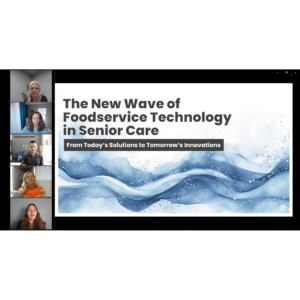Current technologies not enough for those aging in place
A recent study, conducted jointly by Georgetown University’s Global Social Enterprise Initiative (GSEI) and Philips, raises questions as to how many Baby Boomers and Generation X seniors will be able to age at home rather than in a long-term care community.
While 73% of those surveyed said they want to age in their own homes, 95% believe that today's technology won't be enough to allow them to do so. Among the barriers cited are access and adoption of newer technologies, cost, privacy issues, complexity of use, product integration and public policy.
Although seniors say they place a high value on technology, only 18 percent of those 65 or older are said to have a smartphone, while 56% are said to use the Internet.
When asked about their own aging parents, more than half of boomers and Gen X participants feel their parents are not using current technologies as often or as well as they should, while 45% believe using these technologies would definitely help them stay in touch with family and friends. However, less than 10% believe that their parents are savvy enough to use most newer technologies. Interestingly, 40% of those surveyed said their parents think technology is too hard to learn and that the time it takes to learn how to use a new device often discourages its use.
Another factor involved in aging at home is the use of monitoring technologies. Of those surveyed, 45% want their aging parents to use home health monitors, while 43% want them to install a security system. In reality, only 17% use a home health monitoring system while 12% have installed a security system.
In commenting on the results of this study, Bill Novelli, distinguished professor of the practice, Georgetown University McDonough School of Business, and a member of the Philips Aging Well Think Tank, said, "For people to live independent, fulfilling lives in their own homes and communities as they age, technology must continue to become easier to learn and use while also being better integrated with adjacent technologies, including patient care."
Related Articles
Topics: Technology & IT











